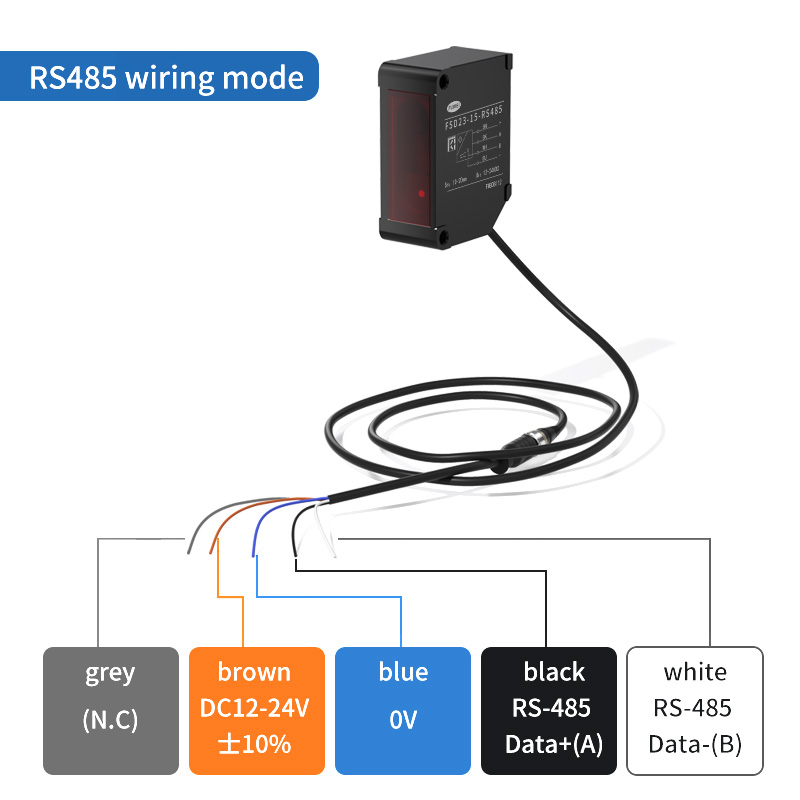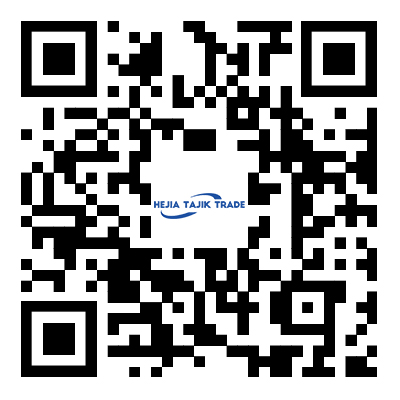Detailed description of LED Digital Laser Displacement Sensor
2024-06-29
A LED Digital Laser Displacement Sensor is a sophisticated device used for precise measurement of distances or positions based on laser technology. Here’s a detailed description of what typically characterizes an LED Digital Laser Displacement Sensor:
1. Principle of Operation:
- Laser Technology: Utilizes a laser emitter to project a focused beam onto a target surface.
- Reflection Detection: The sensor detects the reflection of the laser beam from the target object. The time taken for the laser to reflect back to the sensor is measured and used to calculate the distance or position.
2. Components:
- LED/Laser Diode: Emits a narrow and highly focused laser beam for accurate measurement.
- Receiver: Detects the reflected laser beam and converts it into an electrical signal.
- Signal Processing Unit: Processes the received signal to determine the distance or position based on time-of-flight or triangulation principles.
3. Accuracy and Precision:
- High Precision: Capable of measuring distances with high accuracy, often in micrometers or nanometers depending on the model.
- Resolution: Offers high resolution, enabling detection of small changes in distance or position.
4. Features:
- Digital Display: Many models include a digital display or interface that shows real-time measurement data.
- Adjustable Parameters: Users can often adjust measurement parameters such as range, sensitivity, and output format.
- Multiple Measurement Modes: May offer different measurement modes like single-point measurement, continuous measurement, or peak hold.
5. Applications:
- Industrial Automation: Used in manufacturing and production lines for precise positioning of components, quality control, and alignment tasks.
- Robotics: Integrated into robotic systems for object detection, pick-and-place operations, and navigation.
- Engineering and Research: Utilized in research laboratories for experimental setups requiring accurate distance measurements.
6. Environmental Considerations:
- Operating Conditions: Designed to operate reliably in various environmental conditions, including high temperatures, humidity, and vibration.
- Enclosure: Often housed in a rugged enclosure to protect sensitive components and ensure durability in industrial settings.
7. Integration and Connectivity:
- Output Signals: Typically provides analog (e.g., 4-20 mA) or digital (e.g., RS-232, RS-485) output signals for integration with control systems or data acquisition devices.
- Software Compatibility: Some models may be compatible with software for data logging, analysis, and remote monitoring.
8. Power Requirements:
- Power Supply: Requires a stable power source, often provided by standard AC or DC power adapters suitable for industrial environments.
LED Digital Laser Displacement Sensors are essential tools in industries requiring precise measurement capabilities, offering advanced features to enhance operational efficiency, quality assurance, and automation processes.



